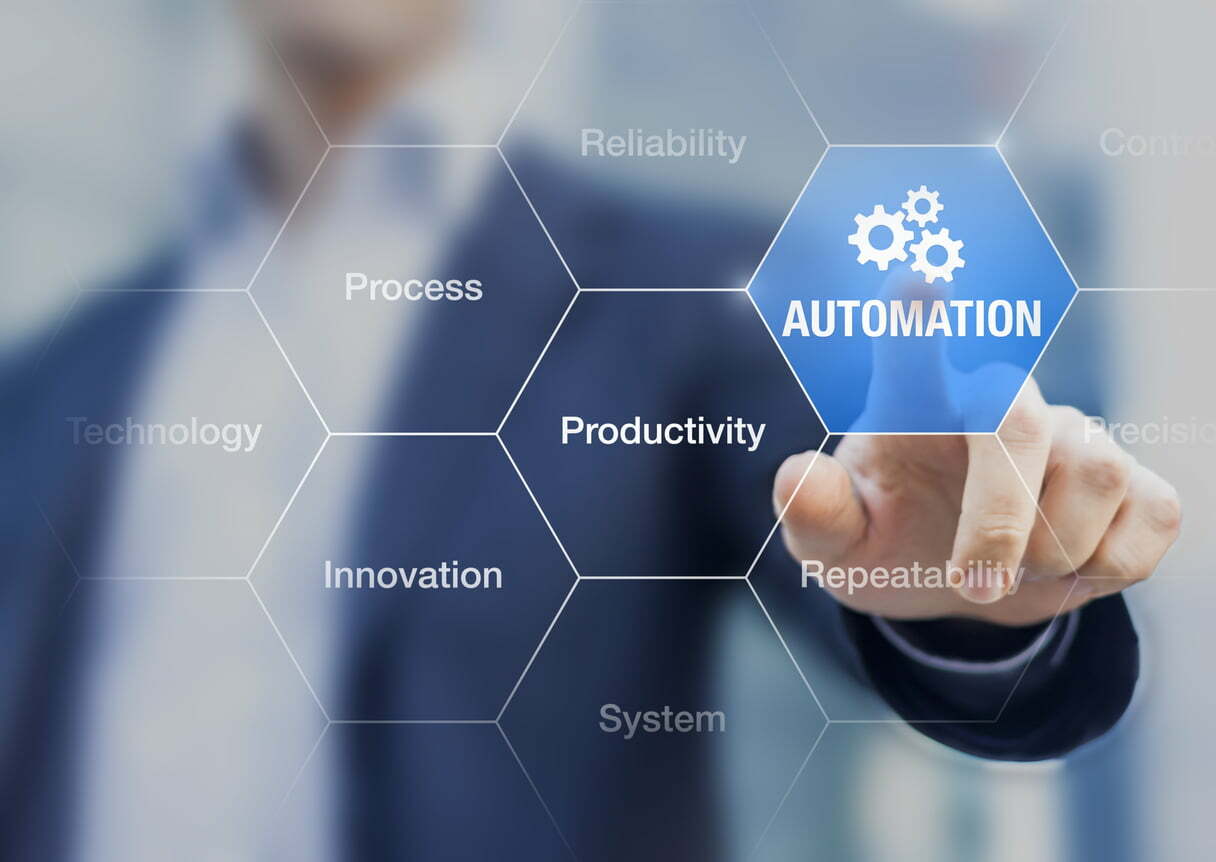Businesses in a variety of sectors are recognizing the importance of event architecture to handle a variety of queries and concerns. The proper architecture often uses a log to track and talk about events and event sources. This helps businesses rely on an event stream to figure out the past, assess the present, and prepare for the future. Let’s take a closer look at what these data-centric models can do for better business logic for the event consumer and producer alike.
What is an event?

To better understand event-driven architecture, also known as EDA, we must better understand events. An event is defined as a change of state of some key business system. This can be anything from someone purchasing a product or someone checking in for a flight. Different types of events exist in just about every realm. An event will likely trigger one or more actions or processes in response to an occurrence. This could trigger a specific task like requesting to reset a password, or monitoring when a package is arriving from a destination with the work of a proper architect.
With EDA, when an event notification is sent, the system captures that something happened like a change in the state of a complex event. The architect then waits to send the reply to whoever requests it, whenever they request it. The application that received that message can either respond or wait to respond until the change in state has occurred. Applications built around an event framework, such as Apache Kafka, can enable more agile, scalable, contextual, and responsive digital business applications.
What does architecture entail?

Event types of all kinds can be better monitored through point integrations within an architecture pattern. EDA is a software design pattern that enables businesses to detect important business moments and act on them in real-time or near real-time. This architecture is replacing the traditional “request/response” model where services would have to wait for a reply before being able to move on to the next task. The flow of EDA is run by events and is designed to respond to them directly or carry out a response.
Event architecture is considered asynchronous. This means that the sender and recipient don’t have to wait on each other for the next task in that particular event message. Let’s say someone calls you and ask you to do something; the requestor waits while the responder completes the task, and then both parties hang up. Meanwhile, a text message is asynchronous. The message is sent, and there is no timeline on it being read or having to wait for a response to move down the line on the message queue.
Capabilities of Event Architecture

The components of event architecture break down into three parts: producer, consumer, and broker. The broker can be optional, particularly when the paradigm is solely between one producer and one consumer in direct communication. An example of an event producer would be one that is sending only to a database or data warehouse for analysis through proper diagrams. Most commonly, multiple data sources send out all types of events with one or more consumers interested in some or all of those events for stability and logic flow.
Retailers may collect all of the purchases that are happening at all stores across the U.S. This information is fed into EDA to monitor for fraud on credit card purchases, or eye for any interactions that require a mediator such as a delivery company. Manufacturers may rely on all kinds of data coming off equipment to better monitor workflow in real-time to make sure there are no hurdles in the connection and the supply chain.




